
About Transportation Alternatives Data Exchange
Communities across America have access to Transportation Alternatives (TA) funds from the federal government to expand travel choice, strengthen the local economy, improve the quality of life, and protect the environment. Since the inception of Transportation Enhancements in 1991, renamed Transportation Alternatives in 2012, Rails-to-Trails Conservancy (RTC) has monitored how these dedicated funds have been invested in order to help stakeholders at the federal, state, and local level better understand and implement this program. From 1996 to 2013, TrADE operated as the National Transportation Enhancements Clearinghouse, as a partnership between RTC and the Federal Highway Administration.
The Transportation Alternatives Set-Aside (TASA) was established by Congress in the Fixing America’s Surface Transportation (FAST) Act of 2015, replacing MAP-21’s Transportation Alternative Program (TAP). TAP was preceded by Transportation Enhancements under ISTEA (funded 1992 – 2004) and SAFETEA-LU (2005 – 2012).
Eligible activities include most activities historically funded as “Transportation Enhancements,” the Recreational Trails Program, and the Safe Routes to School program.
Federal information related to TA is accessible through the Federal Highway Administration (FHWA) TA website.
Detailed tracking of the Recreational Trails Program can be found at the Recreational Trails Program Database.
TrADE Reports
View annual reports dating back to Fiscal Year 2000.
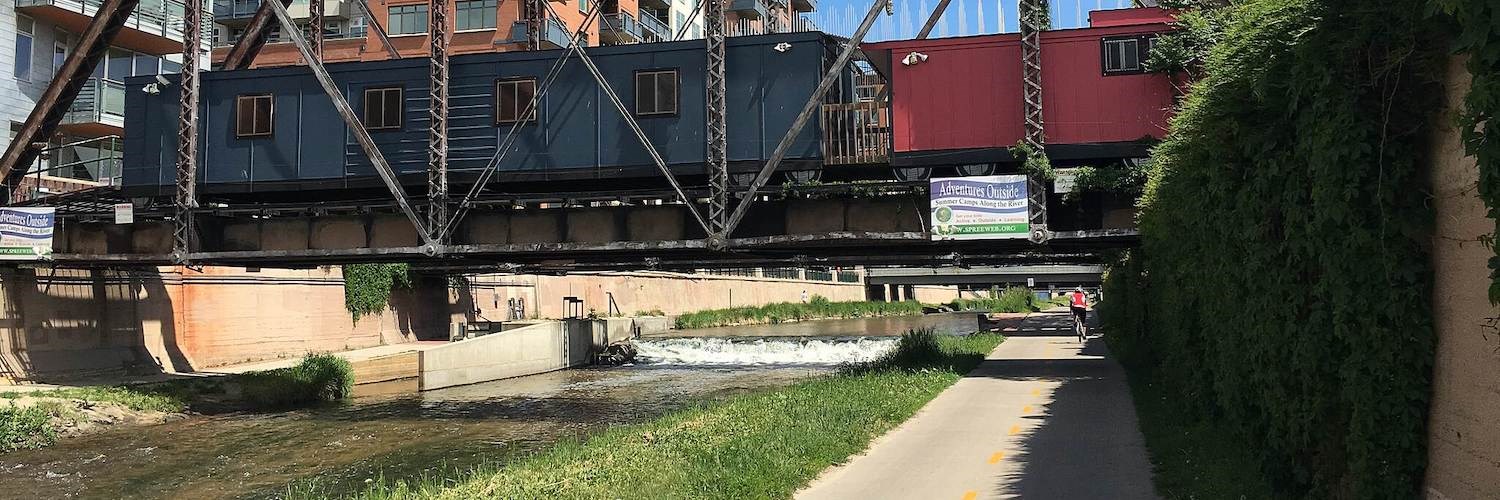
Transportation Alternatives Stories
View More Blogs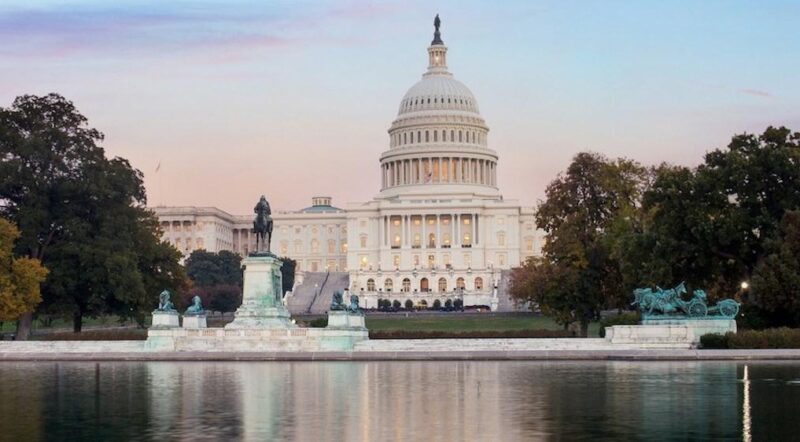
What the 2024 Election Means for Active Transportation

Analysis of Nation’s Largest Funding Source for Active Transportation Finds Progress Amidst Overwhelming Demand
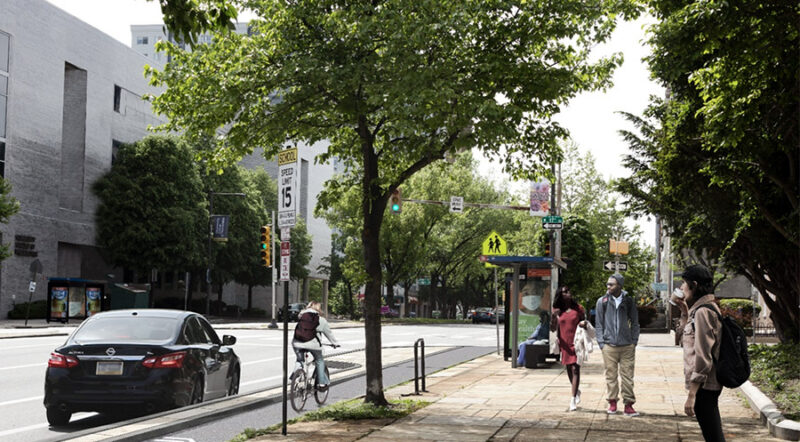
Leveraging Active Transportation to Meet State Carbon Reduction and Climate Goals
State Programs

The Transportation Alternatives program was created and funded through federal transportation legislation. It is administered by the Federal Highway Administration, but implemented by the states.
States have flexibility in how the Transportation Alternatives program is administered. In particular, the Transportation Alternatives program combines three previously separate sources of transportation funding: Transportation Enhancements, the Recreational Trails Program, and Safe Routes to School. As states move forward with implementing the new Transportation Alternatives program, policies will vary from state to state regarding the arrangement of previous state policies concerning these antecedents.
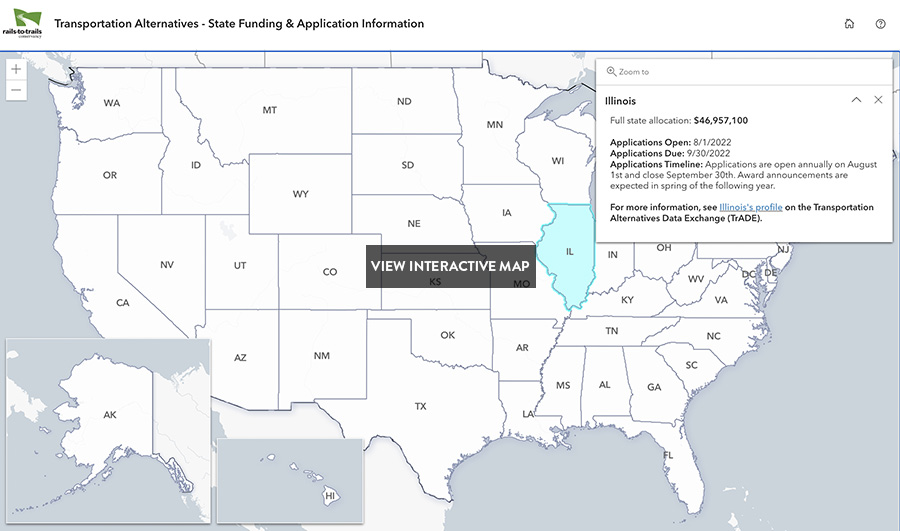
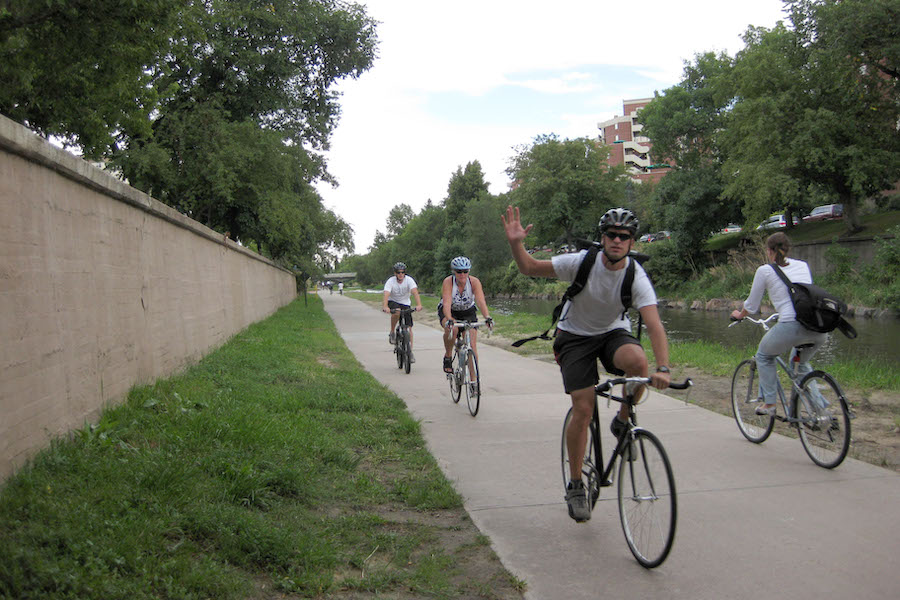
State Program Search
State program funding history and past projects